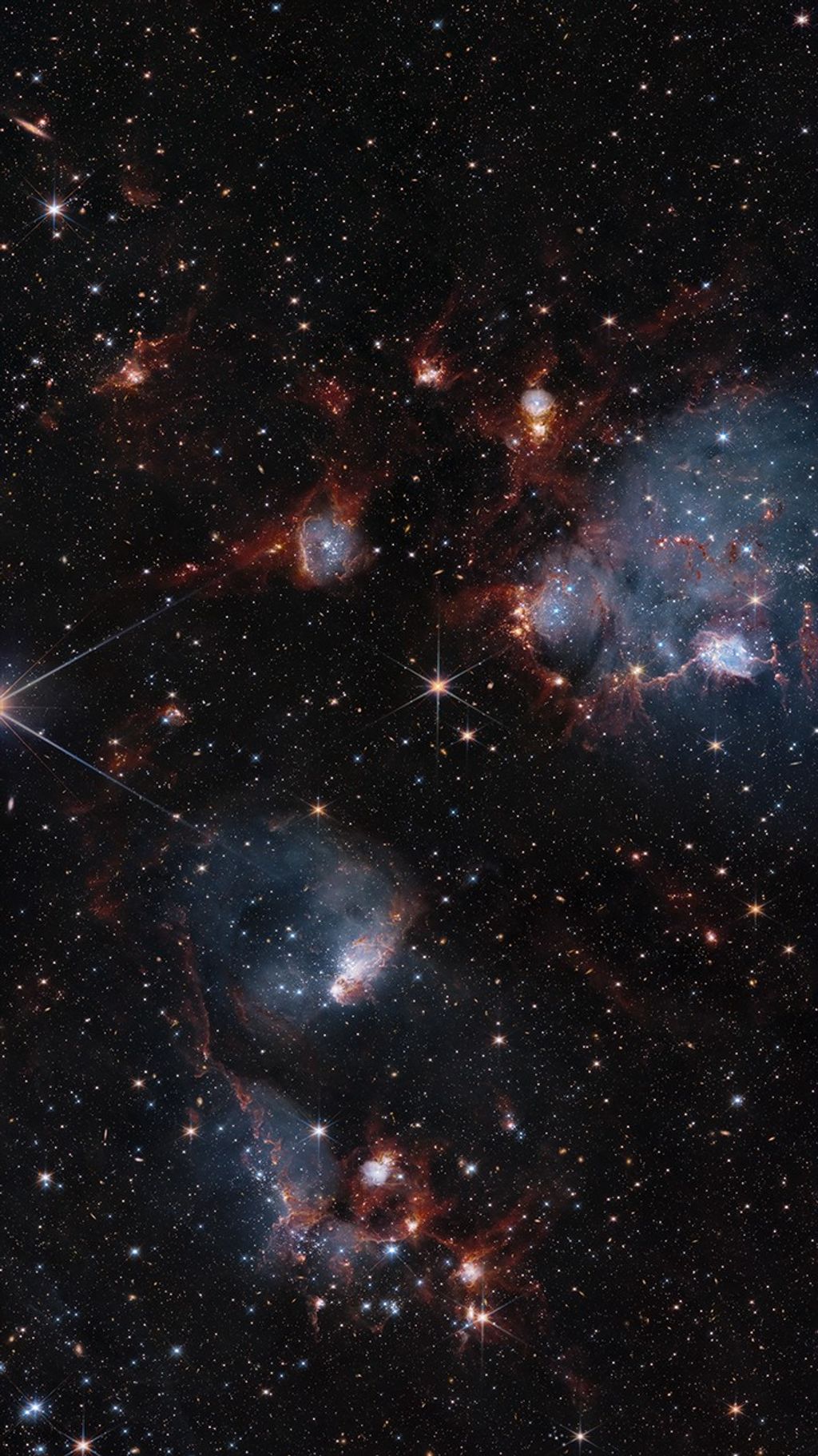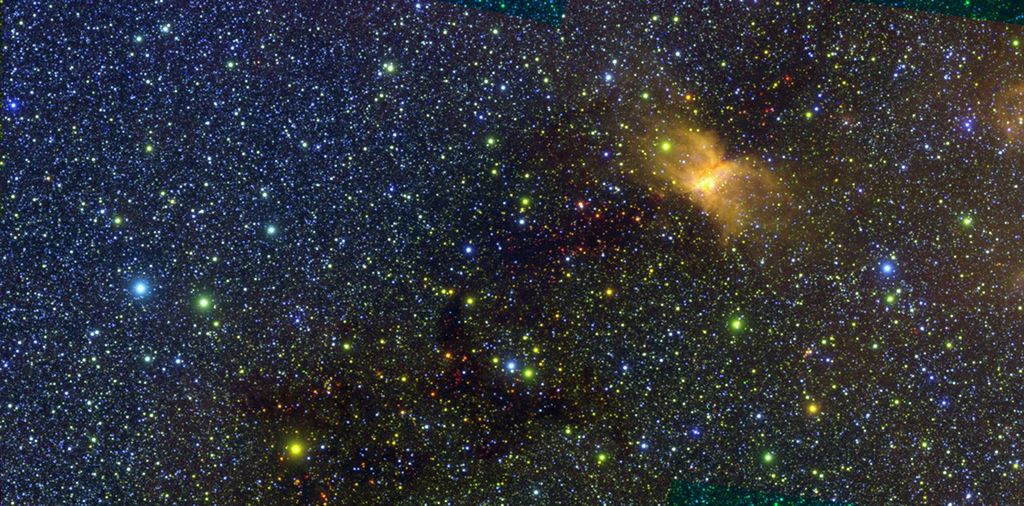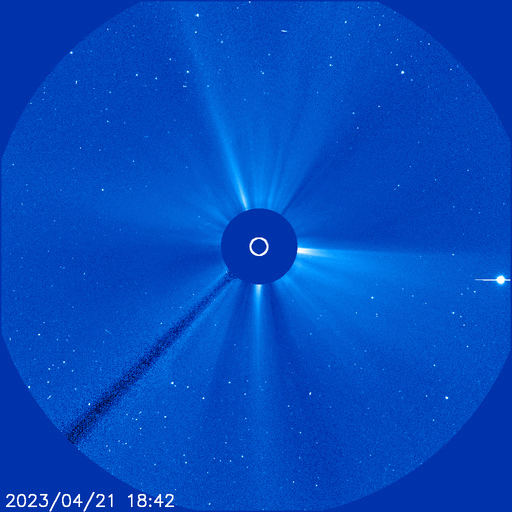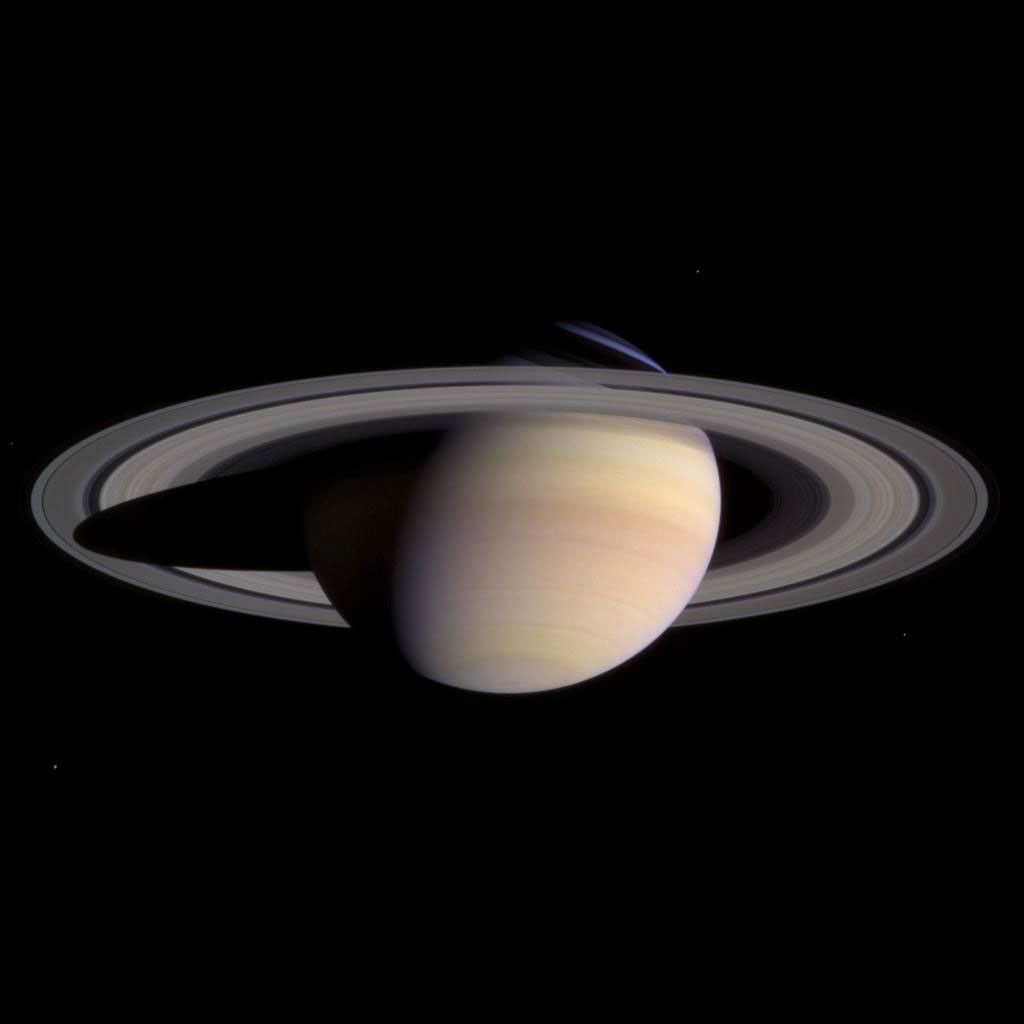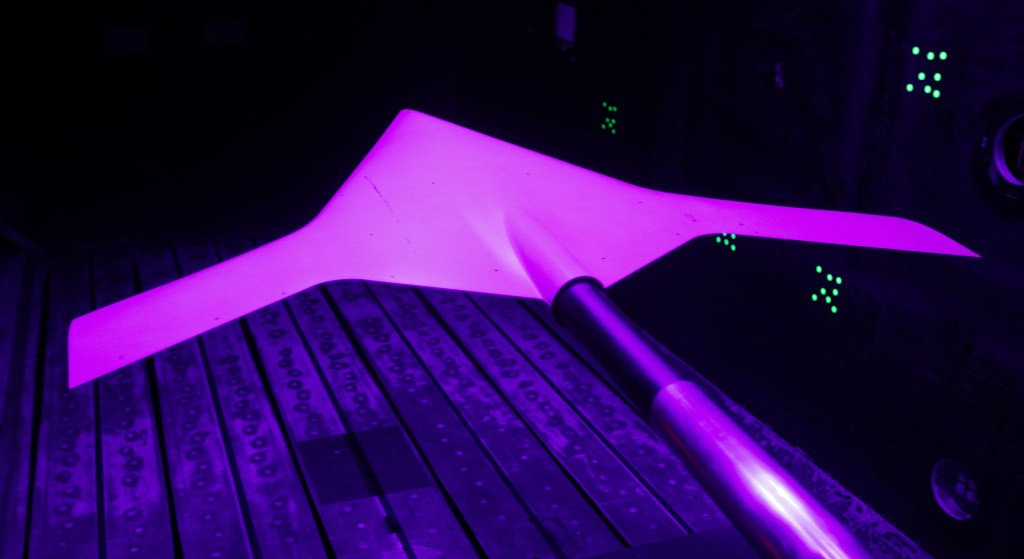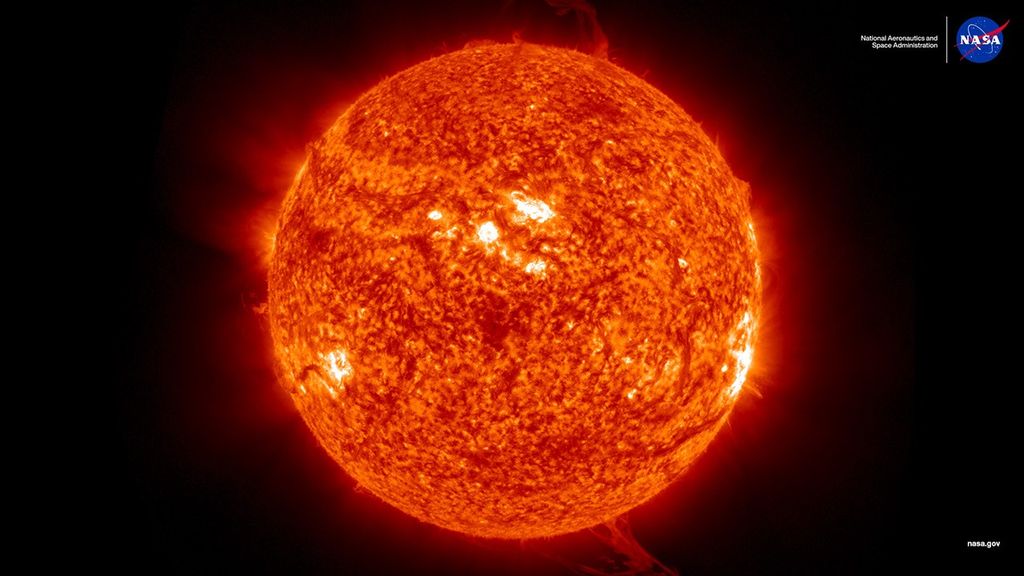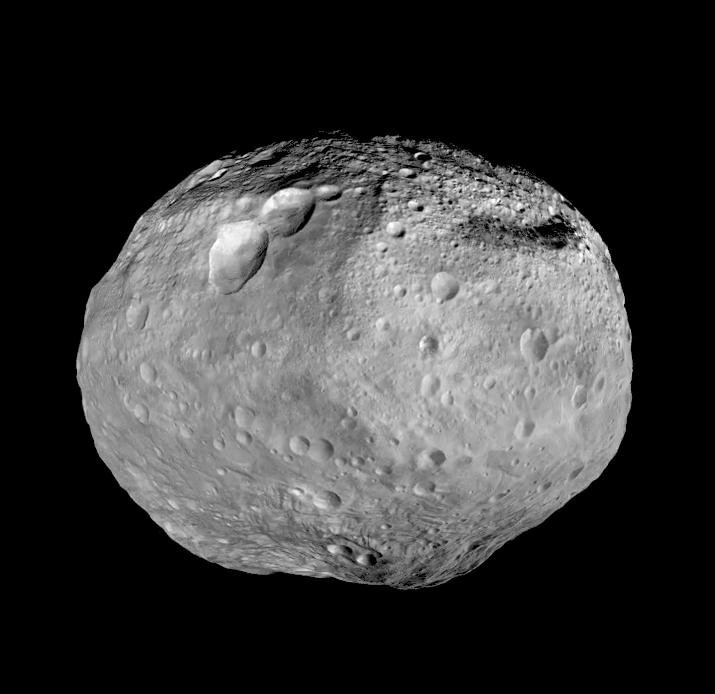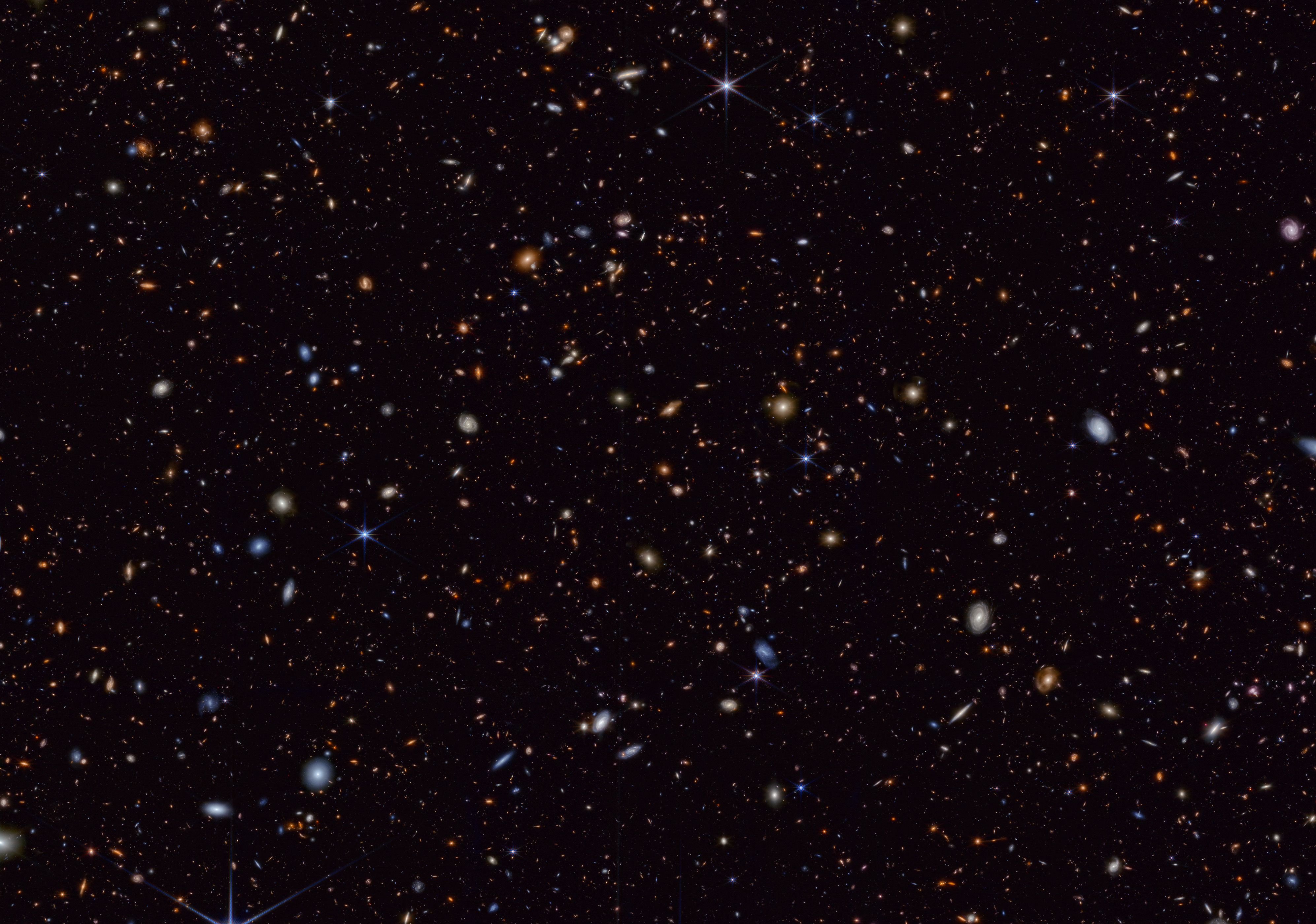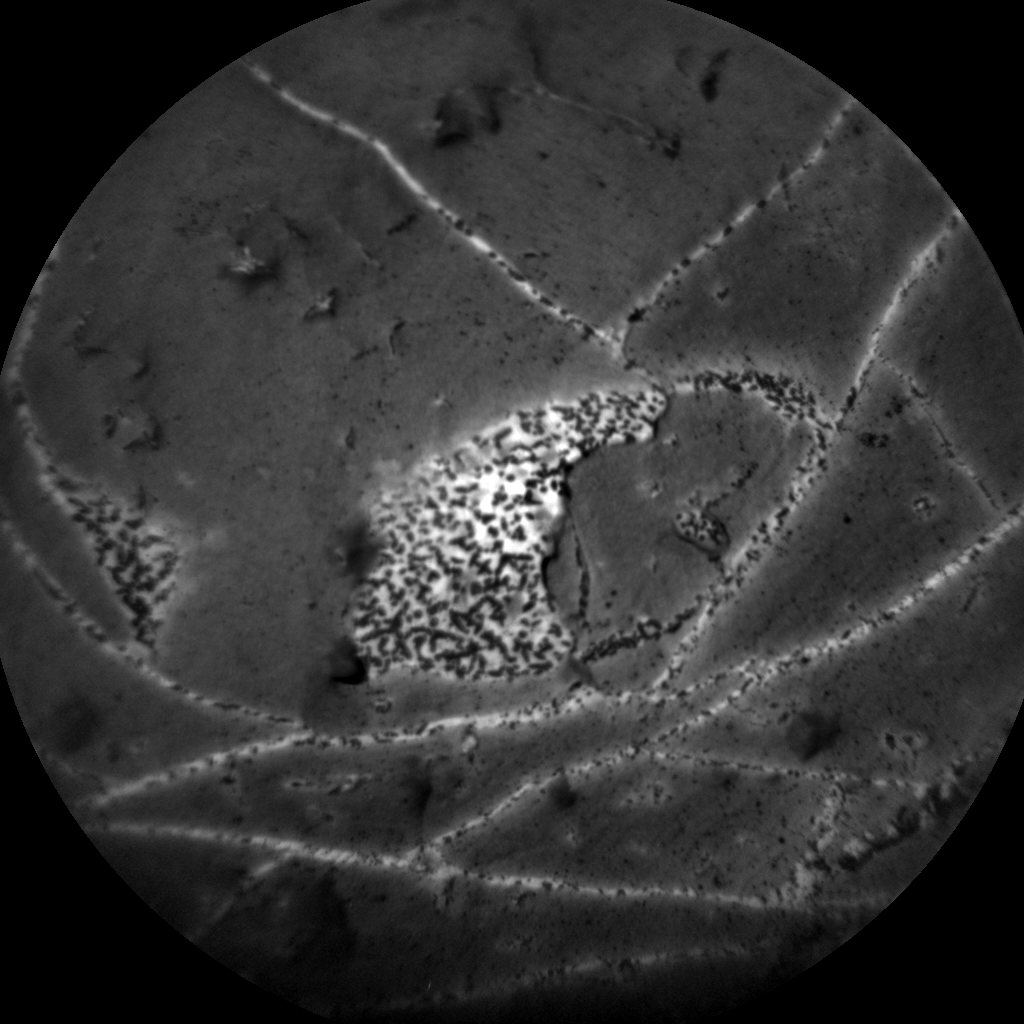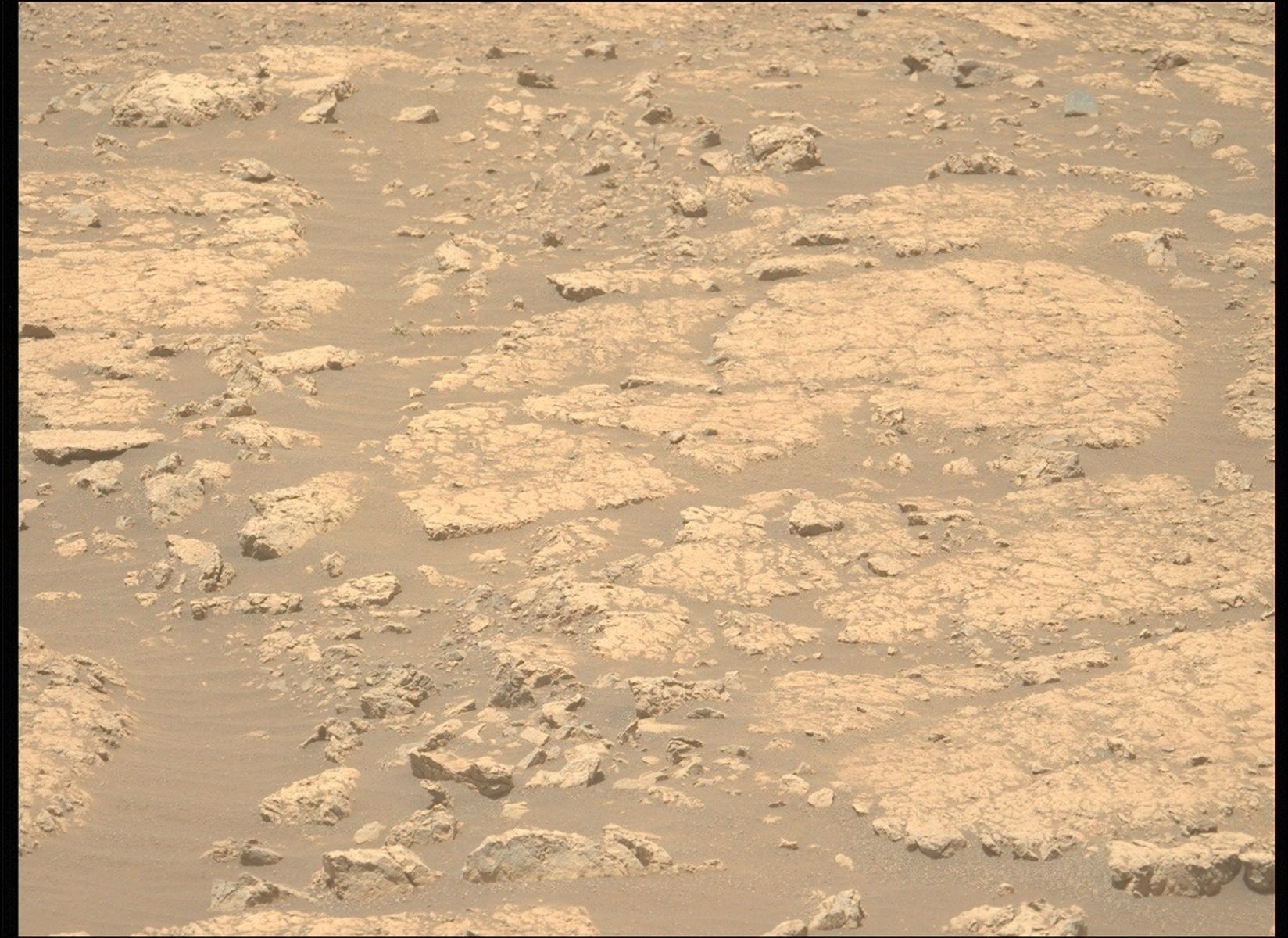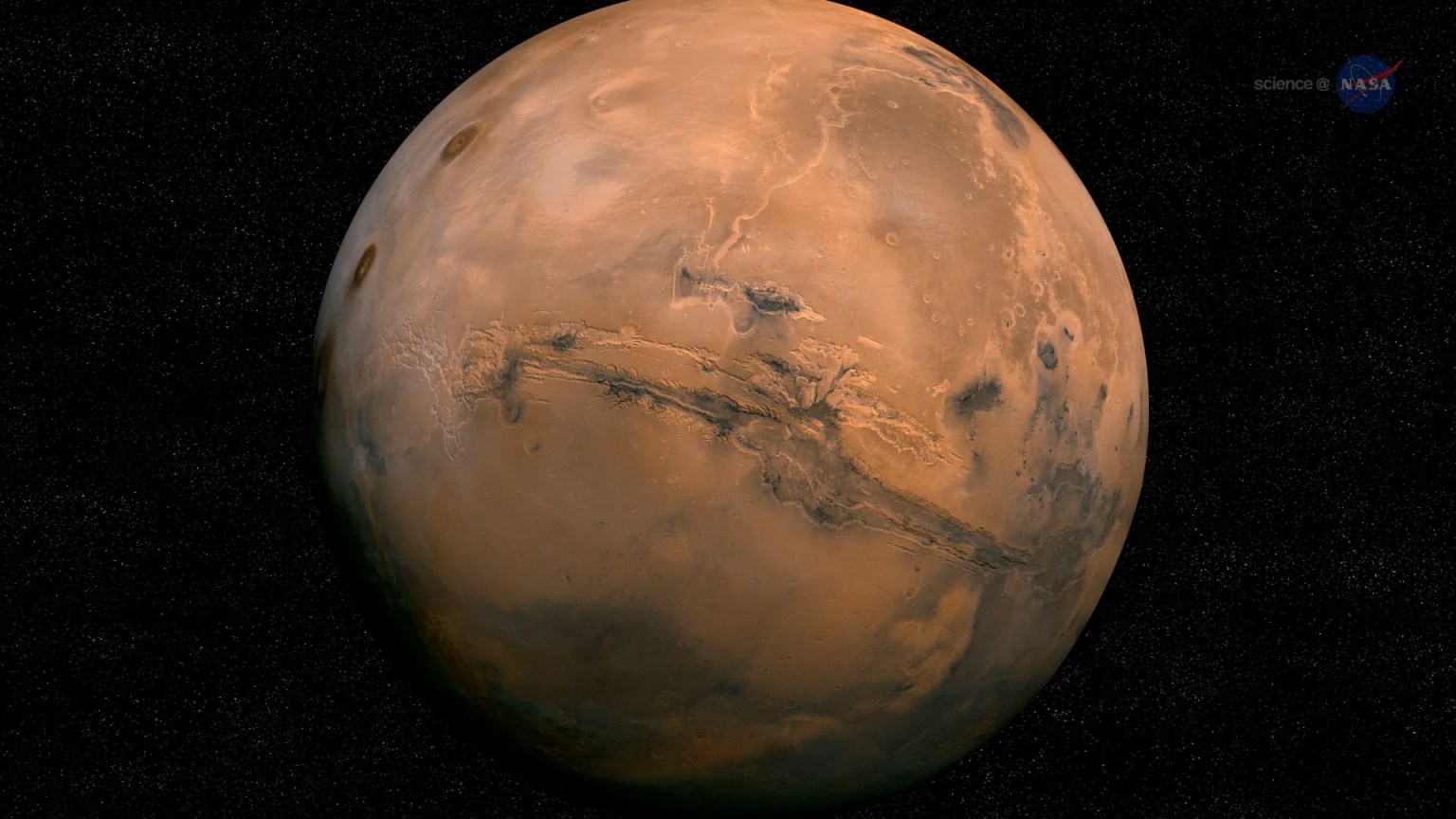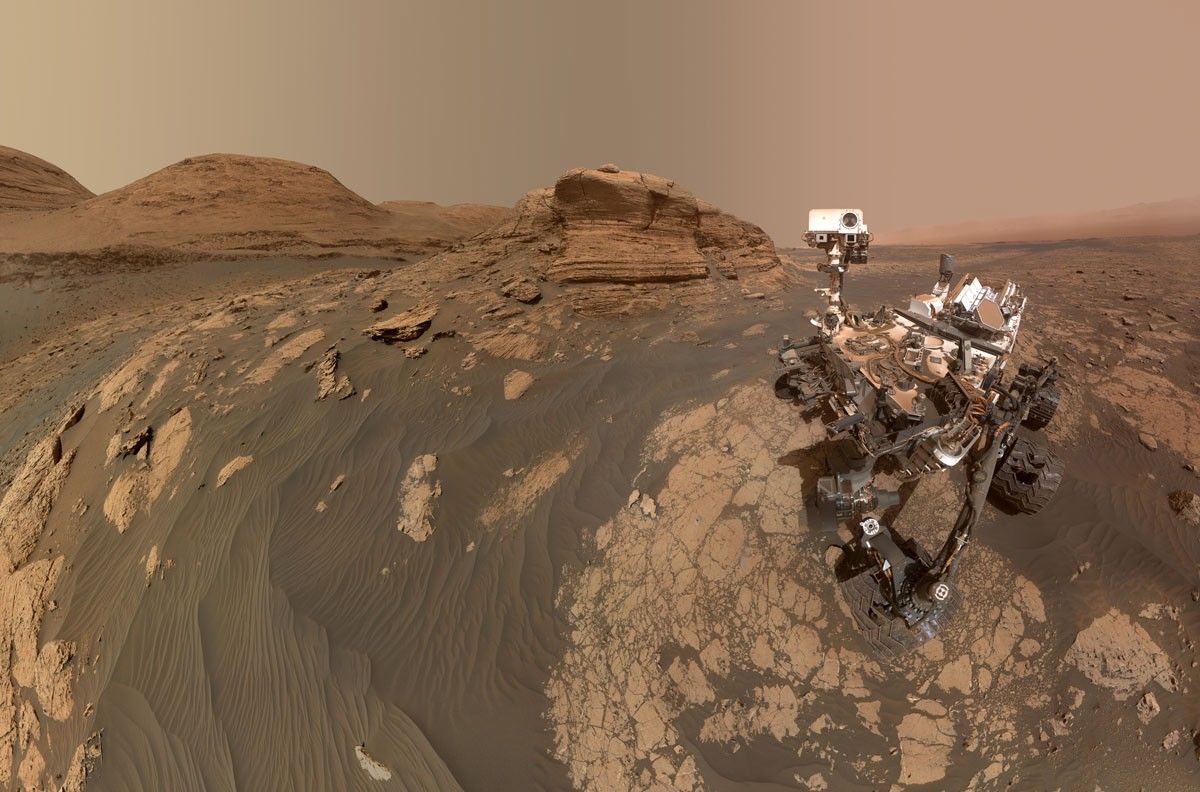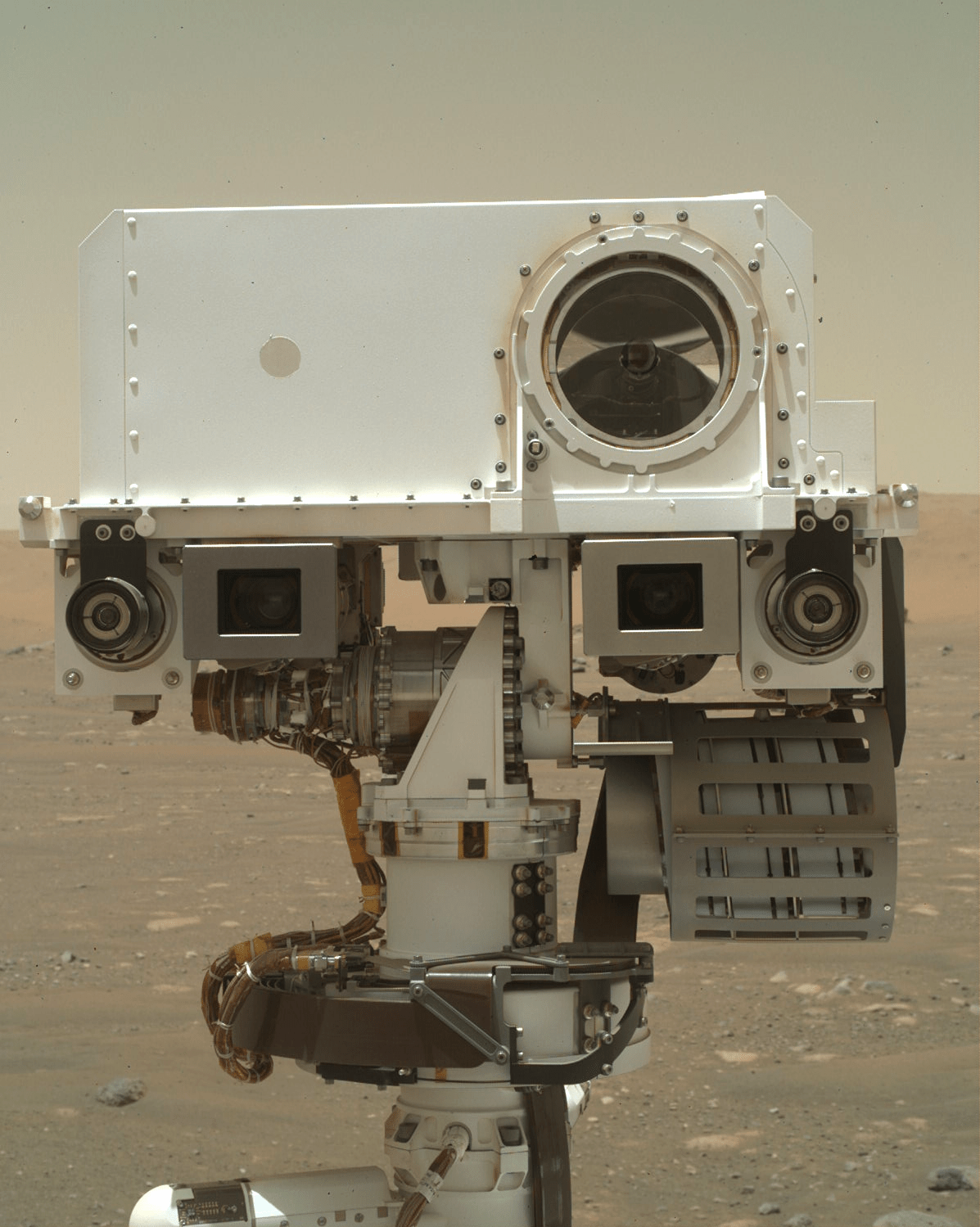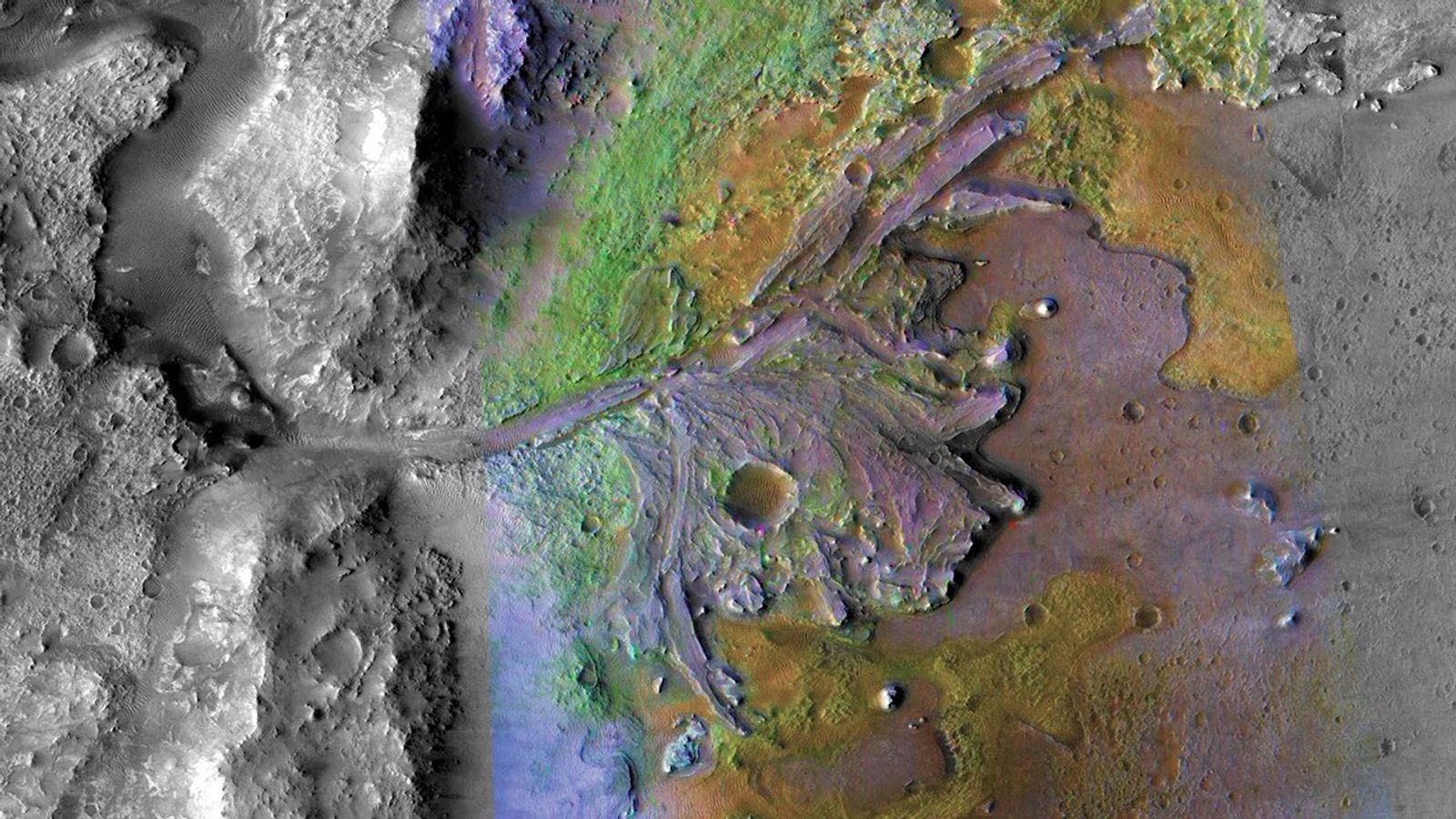Curiosity had a good Halloween because it had resumed contact science. Today, Curiosity will have a targeted science block, drive, and then have an untargeted science block. MAHLI will take images of the "Lossiemouth" target before the drive. ChemCam has two planned targets before the drive: "Milton Ness" and "Grange 2218." Milton Ness is a target to capture more of the vein material and some bedrock, too. We are taking more measurements of Grange so we have more information on the dark inclusions. There is also scheduled Mastcam imagery for each ChemCam target.
After these science activities, we will be headed toward an area in the grey Jura member called "Lake Orcadie." This would be the first time that Curiosity has driven in six weeks. This will only be a test drive to ensure the software and mechanics are working properly. Curiosity was at Lake Orcadie before, back on sol 1977. We had tried to drill at Lake Orcadie before, using our new drilling method, but it was not successful. Then we planned to drive back to Lake Orcadie on sol 2173, but there was an anomaly on sol 2172.
After the drive we have DAN (active), Mastcam imagery of the new location, and one more ChemCam target called "Aegis Post 2218." AEGIS is artificial intelligence software that we use after a drive. It can use Curiosity’s cameras to identify rocks, and then AEGIS uses ChemCam’s laser to shoot the rocks. This has increased the amount of data we can get from Gale Crater.
My operations role today was ChemCam science downlink lead. I got to process the most recent ChemCam data that had not been analyzed yet. I collect images, locations, and chemistry data and compile the data into preliminary reports. This role helps the uplink team decide if they want to retarget any rock or choose new targets.
Written by Sarah Lamm, Planetary Geologist at Los Alamos National Laboratory

